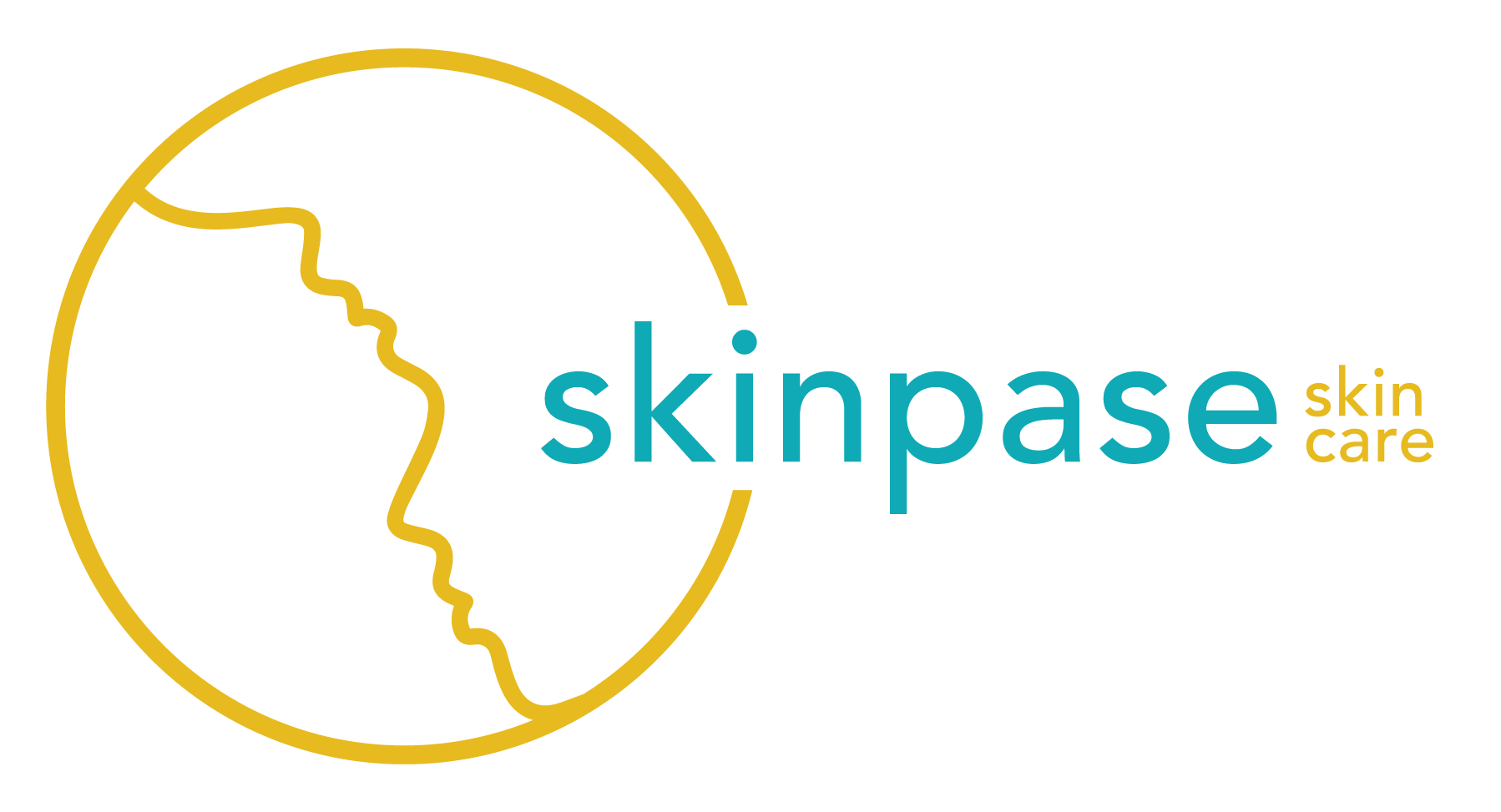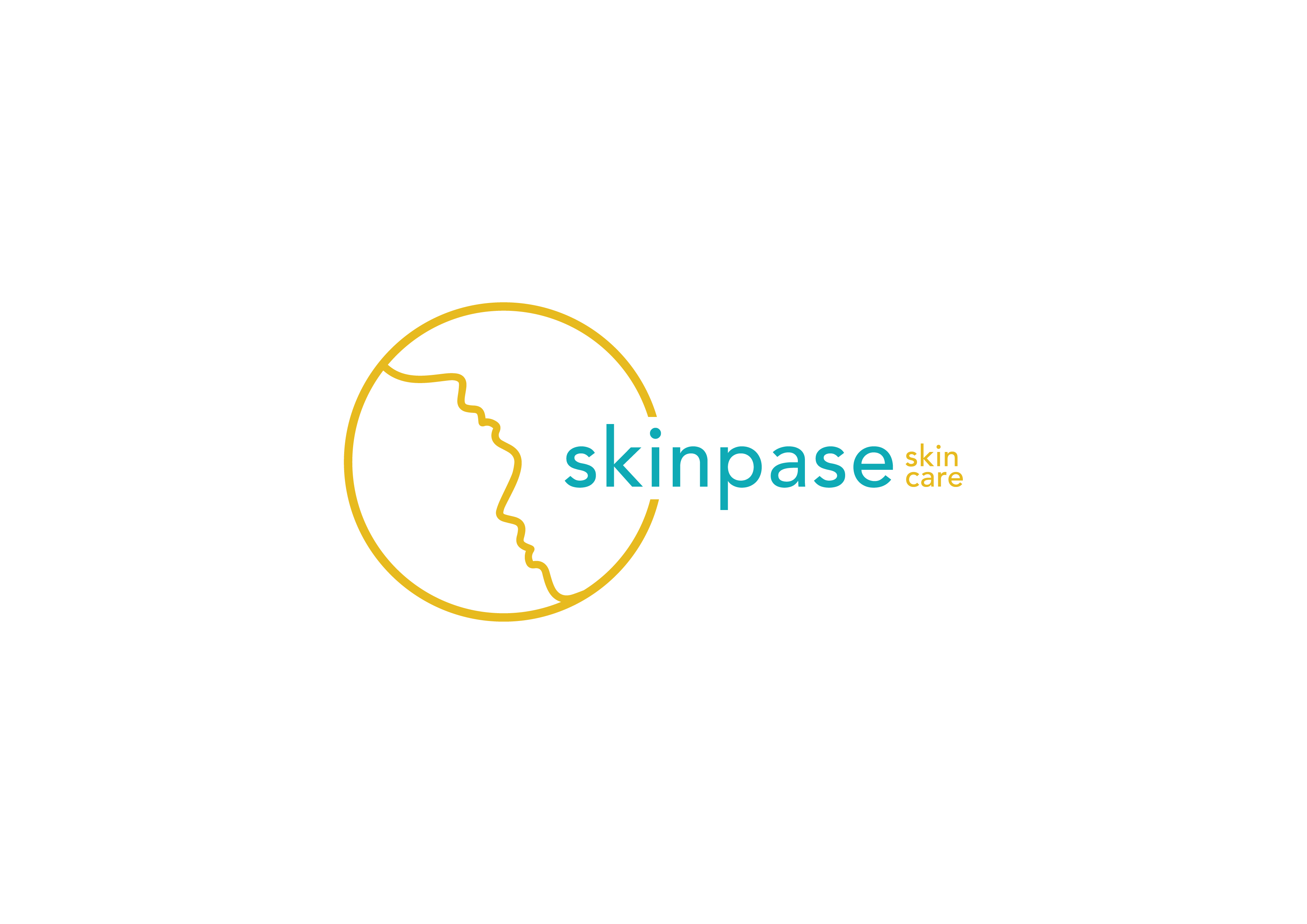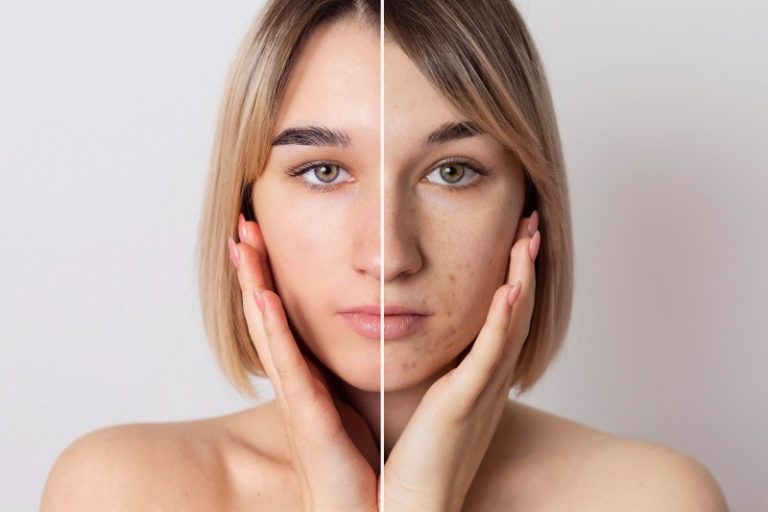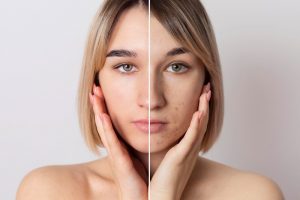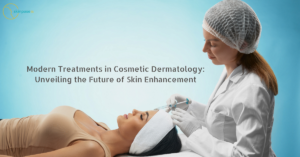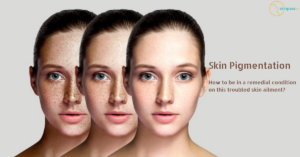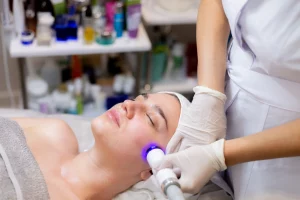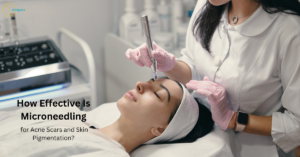Skin Pigmentation Treatment at Skinpase Clinic
What are Skin Pigment Disorders?
A person’s appearance is greatly influenced by their skin. They might appear more youthful and bright with an even, smooth complexion and healthy skin. A skin pigmentation disorder is a condition, which alters the color of the skin. Despite its benign nature, it can alter one’s appearance and a cause of concern in some people.
Albinism, melasma, vitiligo, and colour changes brought on by skin injury are a few examples of prevalent skin pigmentation disorders. Melanin pigment, which is created by specialised skin cells known as melanocytes, is what gives skin its colour. When melanocytes are injured, the skin’s tone can alter. The ailment can affect the entire body or only a small area of it, depending on where it started and how it progressed.
Common types of Pigmentation
Freckles
Ephelides, also known as freckles, are the most typical type of pigmentation. If you have fair skin, you may get them after being exposed to the sun repeatedly. They get lighter in the winter and darker in the months when it’s sunny. Freckles can also have hereditary causes.
Solar lentigines
Solar lentigines, often known as liver spots or sun spots, are pigmented lesions with a visible border. They can be found in any part of the body and range in colour from mild brown to black. The severity of these spots, which are brought on by UV sun exposure, depends on how much UV radiation these melanin pigments are exposed to. These need to be watched carefully since they could turn into melanoma and skin cancer. Hence, it’s imperative to visit your skin specialist annually.
Melasma
Melasma or chloasma are terms used to describe intense pigments on the dermis of the skin. On the face, it appears as wider brown areas with an imprecise border. Such pigmentation is more prevalent in women. Hormonal changes frequently act as a stimulant, despite the lack of identified reasons. Stress, pregnancy, certain drugs, and UV exposure all exacerbate the disease.
Post-inflammatory hyperpigmentation
This is a response to skin damage, which can be caused by a variety of factors, including acne, burns, friction, or abrasive therapeutic procedures including chemical peels, dermabrasion, laser treatment, and IPL. This condition often improves over time and frequently responds to topical therapies, despite the possibility that it will return.
Treatment Plan
Our dermatology clinic gives the best treatment for pigmentation on face. The way to determine whether skin pigmentation therapy is correct for you is to get in touch with our centre instantly to schedule a consultation with our knowledgeable and experienced dermatologists. We take great pride in providing our patients with a broad selection of cutting-edge technologically effective therapy solutions for the various skin pigmentation treatment methods. Our provider can develop a special treatment plan for each patient in accordance with their particular needs and goals.
Being one of the best skin clinic for laser dermatology treatments, our doctors and diagnosing team gives assistance in treating ailments like vitiligo or acne or support for laser hair removal, chicken pox scars removal and laser tattoo removal.
Frequently Asked Questions
What causes skin pigmentation?
A variety of factors can cause skin pigmentation. It includes genetic changes, exposure to sunlight, hormonal modifications, certain medicines, skin injuries or irritation and so on. When the skin is exposed to sunlight, it triggers the production of melanin to guard the skin from damage. Hormonal modifications which arises during pregnancy or menopause can also affect melanin production. Certain medications, which includes antibiotics, can result in skin pigmentation. Skin accidents or infection can also lead to skin pigmentation as a result of the body’s natural restoration process
What are the different skin pigmentation treatment options?
There are several skin pigmentation treatment options.Some of them are:
- Topical creams
- Chemical peels
- Laser therapy
- Intense Pulsed Light (IPL) therapy
- Microdermabrasion
- Cryotherapy
- Chemical skin peels
The best treatment method will depend on the type of pigmentation, the severity of the pigmentation, and the individual’s skin type and medical history.
How does laser therapy works in skin pigmentation treatment ?
Skin pigmentation treatment is possible by using a high-intensity beam of light to target the pigmented areas of the skin. The laser light is absorbed by the melanin in the skin cells, causing the excess melanin to break up into smaller particles that can be removed by the body’s natural processes.
How long does it take to see results from skin pigmentation treatment?
The time taken to see the results of skin pigmentation treatment vary depending on the form of treatment and the severity of the pigmentation.
- For topical creams and lotions, it may take several weeks to several months to see good improvements in skin pigmentation. Patients may additionally need to apply the cream or lotion often for an extended duration to gain the desired effects.
- For chemical peels and microdermabrasion, patients may also see some improvement straight away after the treatment, however it could take several weeks for the total results to see.
- For laser remedy and IPL, patients can also see a few developments right after the treatment, however it will take several weeks to numerous months for the entire treatment to be benefical.
Can skin pigmentation be prevented?
While some skin pigmentation condition resulting from genetics or hormonal changes may not be prevented, there are steps that people can take to lessen the risks of skin pigmentation caused by other elements like sun. Here are a few recommendations:
- Protect your skin from the sun
Avoid tanning beds
Be conscious of medicinal drugs
Treat skin injuries and infection right away
Use skincare products with antioxidants
Latest Blogs
Updated Blogs & News
In recent years, cosmetic dermatology has undergone a remarkable transformation, introducing a plethora of cutting-edge treatments.They have altered our approach...
Our skin is the largest organ on our body and it’s the first thing people notice of our health or...
Looking to achieve a more youthful and Healthy Skin? If yes, you should strongly consider Laser skin resurfacing. By eliminating...
Introduction The quest for perfect, radiant skin is an aspiration shared by many individuals round the world. Skin pigmentation problems...
The sun is a powerful force that can be both beneficial and dangerous to our health. Sunlight is...
Thread veins and varicose veins are two types of veins that can cause discomfort and embarrassment. Thread veins...

